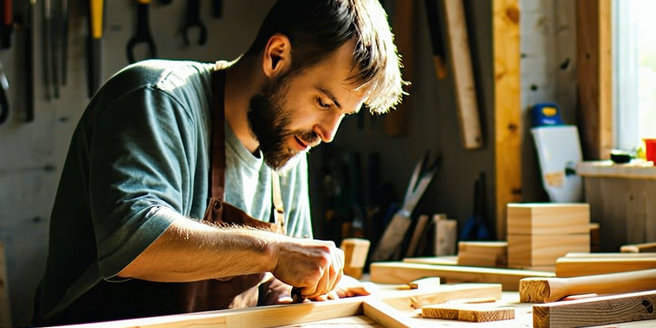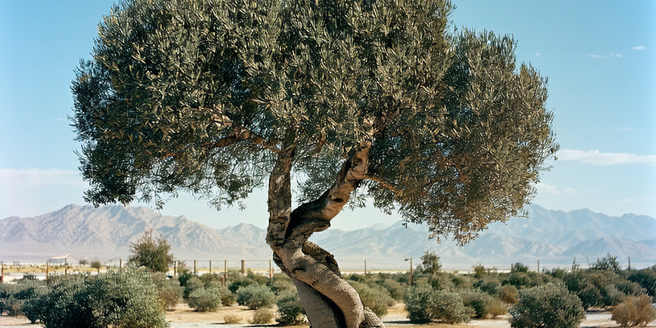Christian Art in Context
| Concept | Explanation | Impact |
| Historical Significance | Christian art has played a crucial role in how the biblical stories and Christian teachings are conveyed visually. | Provides cultural insights |
| Educational Value | It serves as an educational tool, teaching viewers about scripture, saints, and Christian values. | Enriches understanding |
| Cultural Impact | Works of Christian art are often reflective of the cultural and historical contexts within which they were created. | Represents cultural shifts |
| Inspirational Source | Art inspires spiritual reflection and connects individuals to their faith. | Deepens spiritual connection |
| Symbolism Use | Symbolism in Christian art delivers messages about faith and morality. | Communicates deeper meaning |
| Community Expression | It allows communities to express shared beliefs and values through collective artistic endeavors. | Fosters community bonds |
Christian Art Across the Ages
Throughout history, Christian art has undergone a remarkable evolution, serving as a bridge between divine inspiration and human creativity. From the intricacies of the Byzantine mosaics to the grandeur of Baroque paintings, historical Christian art has reflected theological pursuits and historical contexts. Modern Christian art, while more diverse, continues to embody spiritual themes and biblical narratives, resonating with contemporary audiences. The transformation in styles and mediums over centuries showcases adaptability while maintaining core religious symbolism. Artistic expressions have transitioned from traditional fresco techniques to experimental digital compositions, capturing the essence of faith in varying interpretations. By studying the progression from ancient to modern Christian art, one gains insight into how religious narratives are preserved and presented. This exploration unveils the connectedness between past forms and emerging contemporary trends, adding depth to the appreciation of both historical and contemporary works and encouraging reflection on one’s faith through artistic vision.
Fundamentals of Religious Art Creation
Creating religious art is a practice that involves mastering specific techniques that help embody spirituality within visual forms. A foundational understanding of light usage to symbolize divine presence is essential. Techniques such as chiaroscuro bring out emotional depth, capturing spiritual essence in portraits and scenes. Additionally, understanding the role of color theory within Christian art is pivotal; using gold and blue to signify divinity adds layers to visual storytelling. Mastery of perspective ensures that viewers are drawn into the narrative, enhancing their connection to depicted biblical stories. Another critical technique is symbolism, where fonts and iconography communicate deeper meanings beyond the visible layer. Comprehending these foundational techniques enables artists to effectively convey religious themes and personal spiritual reflections through their work. By weaving together these elements, the art becomes a medium for spiritual engagement, inviting contemplation and dialogue among viewers. These basic techniques are the building blocks of creating impactful Christian art.
Choosing Your Art Supplies Wisely
In creating Christian art, selecting appropriate materials and tools is foundational to bringing spiritual visions to life. The choice of canvases, such as linen or cotton, impacts the texture and longevity of the artwork. Acrylics, oils, and watercolors each offer unique benefits in exploring styles from realism to abstraction. High-quality brushes in various shapes and sizes are essential for achieving desired details and effects, allowing for fluid expression of themes. The inclusion of mixed media elements like gold leaf or ink can add visual interest, invoking traditional artisanal techniques. Additionally, familiarity with digital tools, such as tablets and design software, opens new possibilities in modern Christian art. Selecting materials that align with the intended emotional and thematic goals of the artwork enhances the creative process. By embracing diverse tools, artists can better communicate the richness of religious stories and invite viewers into a deeper understanding of Christian beliefs and art forms.
Integrating Scripture and Imagery
Incorporating biblical themes into your art is about capturing the essence of sacred stories and translating them into visuals that resonate with the faithful. This process starts with delving into scriptural texts, discerning narratives that inspire personal reflection and artistic expression. By focusing on iconic scenes, such as the nativity or resurrection, artists can embody the transformative power of these moments. Symbolism serves as a potent tool, using elements like the dove to represent the Holy Spirit, enabling layers of meaning within the artwork. Integrating lines of scripture within the design strengthens the connection between textual and visual interpretation. This deliberate incorporation allows the piece to serve as a reflection of belief and an educational tool—inviting dialogue and interpretation. By emphasizing these elements, artists not only celebrate faith but also create timeless pieces that transcend cultural boundaries, forming bridges between sacred texts and modern audiences.
Cultivating Your Artistic Voice
Developing a personal style in Christian art requires explorers to meld their spiritual insights with their creative individuality. This growth journey involves experimenting with various styles and mediums, eventually gravitating towards one that resonates with the artist’s vision of faith. Influence from celebrated Christian artists and personal contemplation often guides this fusion of spirituality and creativity. Maintaining authenticity within this evolving style is paramount, as it reflects a sincere journey of faith. Artists are encouraged to draw from personal experiences and observations in their religious community, allowing these to shape their visual expressions. Embracing vulnerability and confidence in one’s work opens pathways to innovative interpretations of traditional themes. This individuality not only distinguishes one’s art but also invites others to engage with familiar spiritual narratives from new perspectives, enriching both the artist and viewer’s faith experiences. Personal style development is a process of continuous discovery and expression in Christian art.
Notable Figures in Christian Art
Meeting famous Christian artists and understanding their works provides invaluable insight into their influence on religious artworks throughout history. Artists like Michelangelo, Raphael, and Leonardo da Vinci significantly shaped our perception of biblical stories and Christian symbolism through their iconic pieces. Each contributed uniquely to the rich tapestry of Christian art—Michelangelo’s Sistine Chapel ceiling captures the mighty narrative arc of the Bible. Raphael’s vibrant use of color and perspective in the School of Athens brings spiritual drama to life, while Da Vinci’s Last Supper explores the intricate dynamics of one pivotal moment. Studying these and other noted artists helps illuminate the nuances of religious artworks and inspires personal creativity in contemporary Christian art forms. These artists’ use of symbolism, technique, and innovation continues to resonate, encouraging artists not only to replicate their styles but to forge new paths in creating art that reflects deep spiritual truths and cultural connections.
Creative Exercises for Artists
Engaging in hands-on activities fosters a deeper understanding of Christian art creation. Workshops led by seasoned artists provide a platform for exploring techniques and spiritual themes through practical exercises. Collaborative mural projects can help participants experience the collective expression of faith, enhancing community bonds. Sketching biblical scenes allows artists to experiment with composition and symbolism, honing their ability to narrate religious stories visually. Additionally, creating series that depict scriptural parables or virtues can aid in exploring thematic depth and style development. Interactive experiences, such as digital art sessions, enable participants to blend traditional motifs with contemporary designs, broadening their creative horizons. These activities not only build technical skills but also encourage artists to delve deeper into their faith, uncovering new ways to articulate their spiritual journeys. Through these engagement opportunities, artists can find inspiration and direction, yielding art that is both personally meaningful and culturally impactful.
Presenting Art in Public Spaces
Showcasing your Christian art in exhibitions is a vital step in sharing your spiritual vision with a broader audience. A well-curated presentation allows viewers to experience the divine inspiration behind each piece, sparking reflection and dialogue. Thematic exhibitions focusing on biblical narratives or theological concepts can contextualize individual pieces within a larger spiritual discourse. Participating in local and international art shows helps build recognition and connection within the art community. Additionally, considering alternative spaces, such as churches or community centers, enhances accessibility, inviting diverse audiences into a shared reflective space. Artists are encouraged to prepare their portfolios, highlighting signature pieces that represent their unique style and spiritual journey. By engaging with collectors, art critics, and the general audience, artists gain valuable feedback and inspiration for future projects. Exhibitions not only celebrate artistic achievements but also contribute to the cultural dialogue surrounding Christian art, inviting both contemplation and engagement.
Building a Supportive Network
Connecting with the Christian art community offers invaluable support and inspiration for artists at any stage. Engaging with peers through online forums, workshops, and art events nurtures a collaborative environment where ideas are shared, and creative growth is celebrated. This network acts as a resource for artists seeking practical advice, spiritual encouragement, and constructive feedback on their work. By participating in joint projects or community exhibitions, artists benefit from collective wisdom and diverse perspectives, enriching their understanding of religious art. Networking with mentors and established artists can provide guidance on navigating both creative and professional challenges, fostering career growth and artistic development. Trade shows and online galleries present opportunities for exposure and collaborations, elevating an artist’s profile. The sense of belonging within this community deepens one’s connection to their faith and artistic purpose, creating a supportive fabric that encourages the continuous exploration and expression of Christian-themed art.










